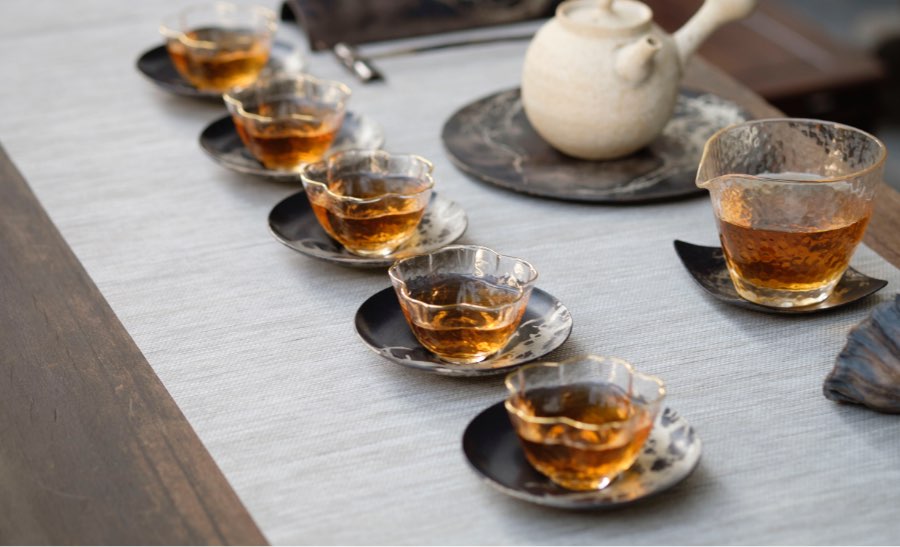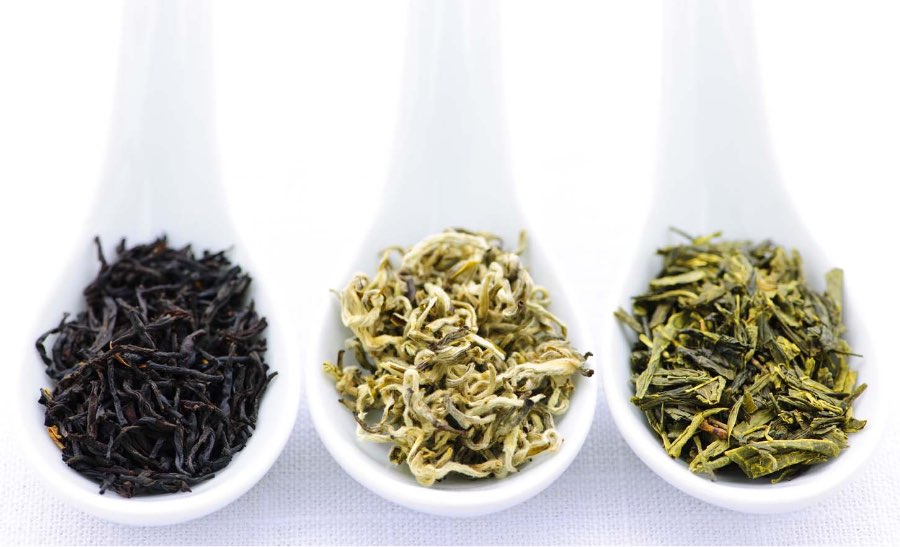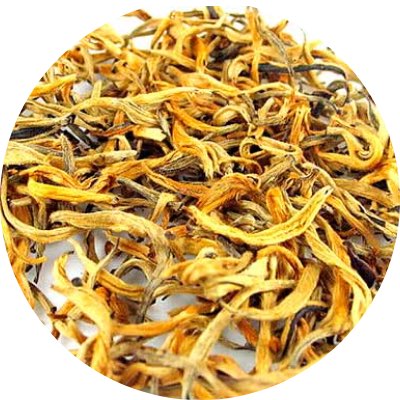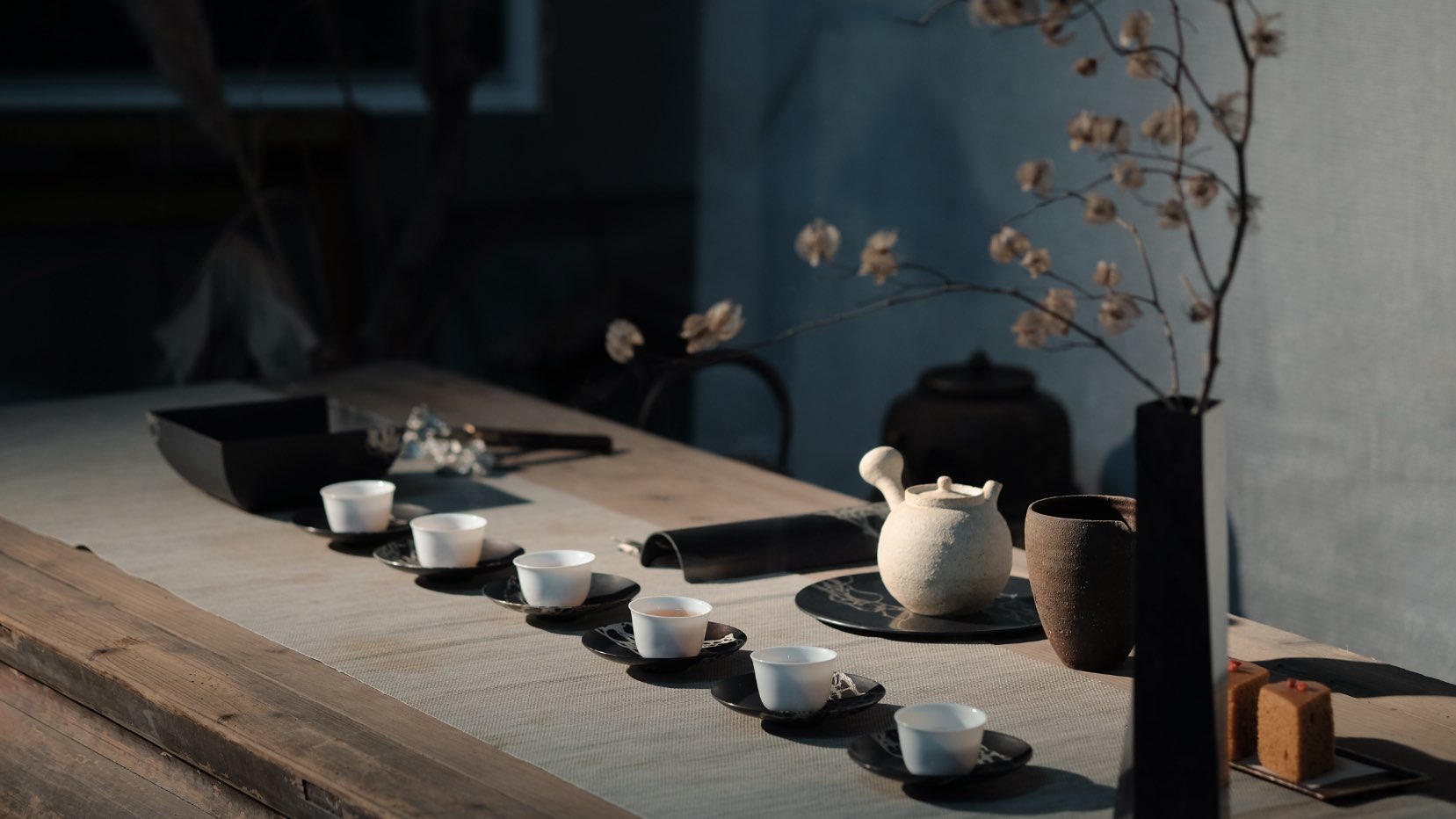The pleasure of enjoying a cup of tea goes back for millenia, with various parts of the world having its own distinct tea culture. China, Japan, India and Britain are a few tea-loving nations that quickly come to mind (with the latest news being that the average Briton drinks 876 cups of tea a year!)

Tea-associated trends are on the rise today with bubble tea stands and tea salons catching up to the ubiquitous coffee shop. Even tiramisus are seeing competition from Earl Grey chocolates and matcha (Japanese green tea powder) donuts.
Despite the recent raves tea purists and connoisseurs of every culture appreciate their cup of tea simply for what it is. If you are one of them, likely you know how to make the perfect cup of tea. But read on to learn what goes into producing all those tea varieties available for you to enjoy…
Gathering
Fine teas the world over are hand-picked and there are several plucking methods used to gather tea leaves. Generally the younger and closer to the bud, the better grade the leaf. Hence while standard plucking of leaves imply that the bud and first three leaves get to be plucked, “imperial plucking” requires only the topmost bud and sometimes the first leaf are plucked. Initially reserved only for the Emperor of China’s tea, this method is still carried out on select plantations in China and Japan today.
Processing
Once the leaves are gathered, tea processing generally include up to 5 stages: withering, rolling, sifting, fermentation and drying. Not all tea leaves will go through all 5 processing stages. The rare white teas which consist of young, tender tea leaves harvested only in early spring, for example, are unprocessed and simply sun-dried. You can easily spot these precious tea leaves by its silvery-white colour, often covered with a white layer of “down”.
 Image source: www.gregoryluiphotography.com
Image source: www.gregoryluiphotography.com
It is these variations in the processing stages that result in the world’s many thousands of tea varieties:
Withering – up to 70% of water is removed from the leaves during the process, making them soft enough to be rolled and twisted without breaking.
Rolling – the action breaks the leaves’ cell walls, releasing essential oils which initiate the process of fermentation. The rolling action is also what gives tea leaves their twisted, wiry look.
Sifting – there are two steps to sifting: first to get rid of any broken leaves as a result of rolling, and second to sort whole leaves according to size.
Fermentation – this is when tea leaves change colour from green to deep brown as aroma and taste develop. Fermentation takes place at a controlled temperature range of 72 to 82 degrees Fahrenheit as too high a temperature will give a burnt taste while too low temperature will stop the fermentation. The length of time taken for fermentation determine the type of tea produced from green tea (not fermented), blue tea (semi fermented) to black tea (fully fermented).
Drying – different methods can be employed to dry the leaves such as sun drying, air drying, baking or panning. Drying stops the fermentation process. Once tea leaves are dried, they are ready to be sorted and packed.
 Image source: www.peimag.com
Image source: www.peimag.com
The Royal Yellow
Dating back to the 16th century, yellow tea was originally reserved for the imperial court of China. Yellow tea is grown on only a single mountain range in China and harvested yearly on just one day. The resultant yield is just a few kilos of finished tea a year, making it one of the rarest and most expensive (priced at about USD 3,000 per kg) tea in the world. Unlike other teas, yellow tea is allowed to dry slowly, hence turning the leaves yellow. Slightly fermented, it has a characteristic sweet flavour and does not become bitter no matter how long it is steeped.
Apart from the pure varieties like the white, yellow, green, blue and black teas, there are herbal and flower teas, as well as numerous tea blends such as the English Breakfast and bergamot-based Earl Grey. Modern tea salons offer more ways to enjoy tea by bringing together a huge collection of tea leaves and blends and pairing them with different food items. So let curiosity be your guide and explore more tea options. After all, the best cup of tea is the one you enjoy most – and maybe you’ve not yet discovered it.




